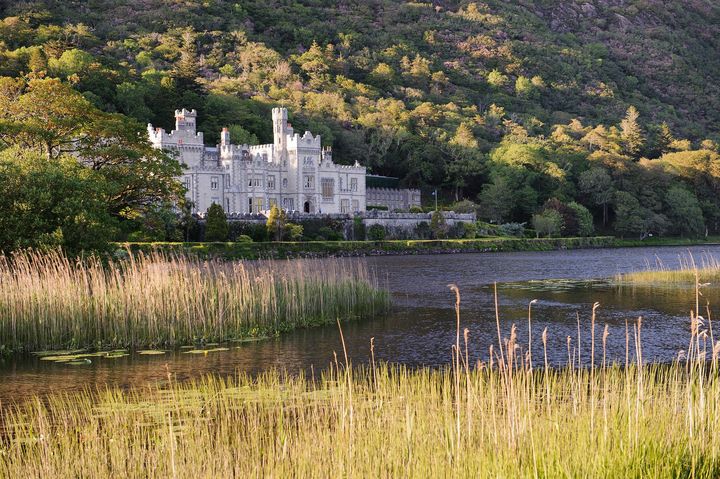There’s also another wonderful effect from this year — our berries and nuts are expected to be a bumper crop. A mild spring protected buds and flowers from frost, and good rainfall swells the resulting fruit. So what causes leaves to turn colour in autumn? Chlorophyll is the green agent within a leaf and, as evenings get longer, it’s impact is greatly reduced.
As it recedes, other pigments present in the leaf, such as xanthophyll and carotenes, become visible. In addition, sugars are trapped in leaves, and these produce anthocyanins, which show up as crimson, scarlet and purple leaves. And why do trees drop their leaves? Well, it’s a matter of conserving energy — trees know they are going into a long winter and they want to conserve their moisture and their sap.
They are also less likely to suffer storm damage as their branches are lighter without foliage. There’s a phenomenon known as leaf peeping. This is best-known in the United States, where people travel to areas such as New England to view its spectacular fall foliage.
There’s nothing to stop us from adopting this American custom. Wherever you are in the country, there are places to visit where you can enjoy this annual spectacle. Here’s a list of some of the best spots to enjoy this year’s dazzling display: Mount Usher Gardens in Ashford, Co Wicklow, is a great place to enjoy the trees as their vibrant autumnal colours are reflected in the River Vartry flowing through the gardens.
Glendalough is a wal.


















